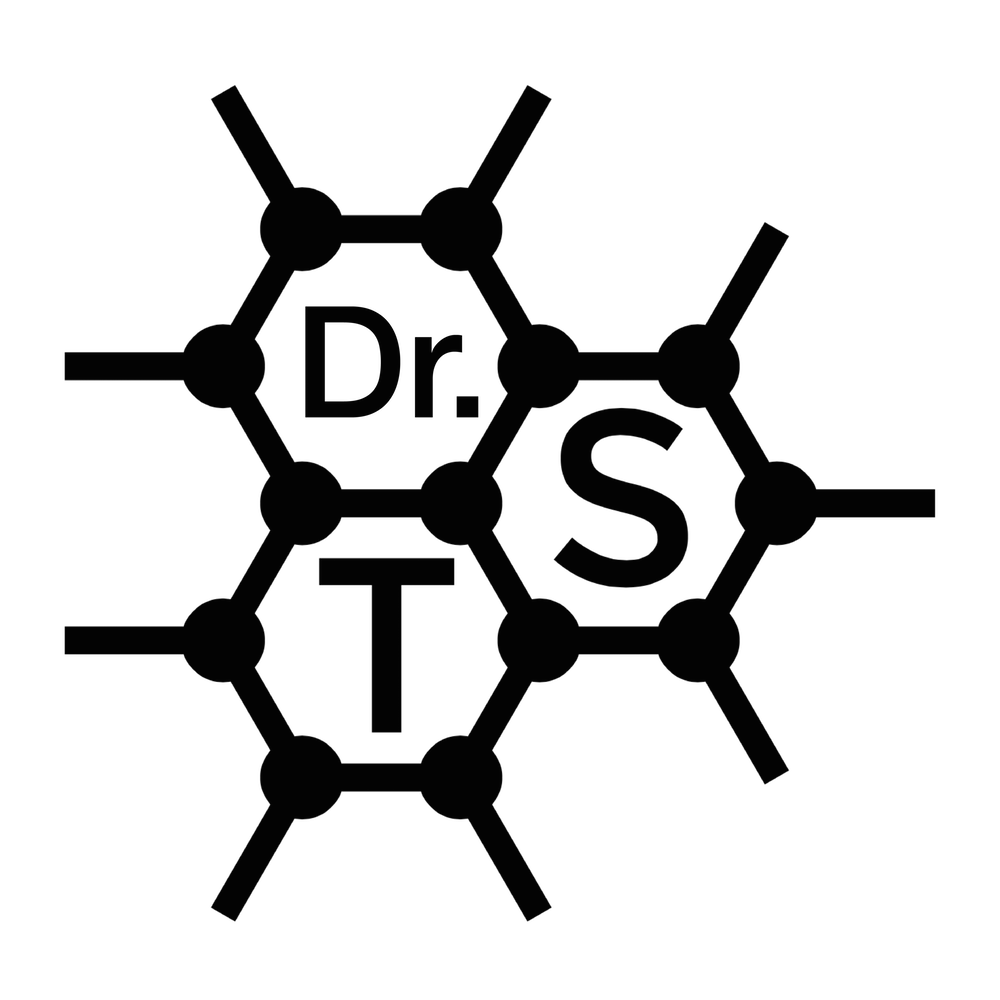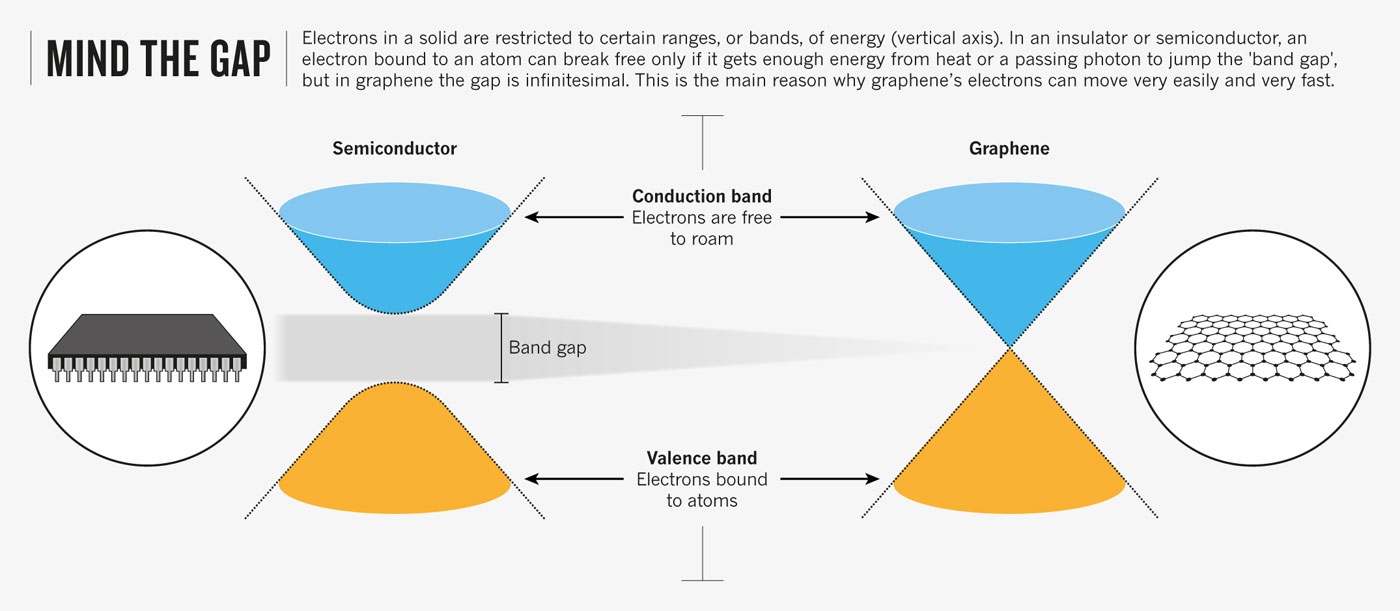After finishing one's PhD, it is typical that budding scientists spend a period doing research abroad. Cue Wikipedia:
Postdoctoral research is scholarly research conducted by a person who has completed doctoral studies. It is intended to further deepen expertise in a specialist subject, including integrating a team, acquiring novel skills and methods. Postdoctoral research is often considered essential while advancing the scholarly mission of the host institution; it is expected to produce relevant publications.
A single such period spent in one place is colloquially called "a postdoc", and typically is one to two years in duration. It is common to spend several of these, often moving from place to place, accruing experience, publications, and applying for tenure track positions in ones native country (or anywhere). In practice, having postdoctoral experience from abroad is a de facto prerequisite for tenure positions in Finland, and in many other countries as well.
Well, I finished my PhD already in 2011, and have been doing a postdoc in the same university ever since. Mine was a exceptional case: I was involved in managing a couple of research projects, and responsible for a large international conference being held this June. After that is done, I'll take a well-deserved summer holiday, and the move to Vienna, Austria for a two year postdoc. Luckily I have also gotten some research done, but I really look forward to being able to concentrate on it more.
I thought it would be interesting to share my experiences of the process. I've lived in Helsinki my whole life, and despite having traveled quite a bit, moving abroad is not an insignificant step. Especially to a country whose language I don't speak (I had Russian instead of the typical French or German in school)! On top of that come considerations typical for my career stage: where to get funding, how to choose where to go (both professionally and personally), what to study (what is interesting to you vs. what gets funded), and so on. Luckily I was already able to secure a postdoc grant for the entire period, which will be the topic of my next post.
I am planning on writing a series of blog posts on all aspects of this transition, hopefully offering some useful advice for people who are pondering the same issues. I'll mark the posts by a running "(VP#)" numbering in the titles for easy reference. If you have any particular aspect you would like to read about, please let me know!






